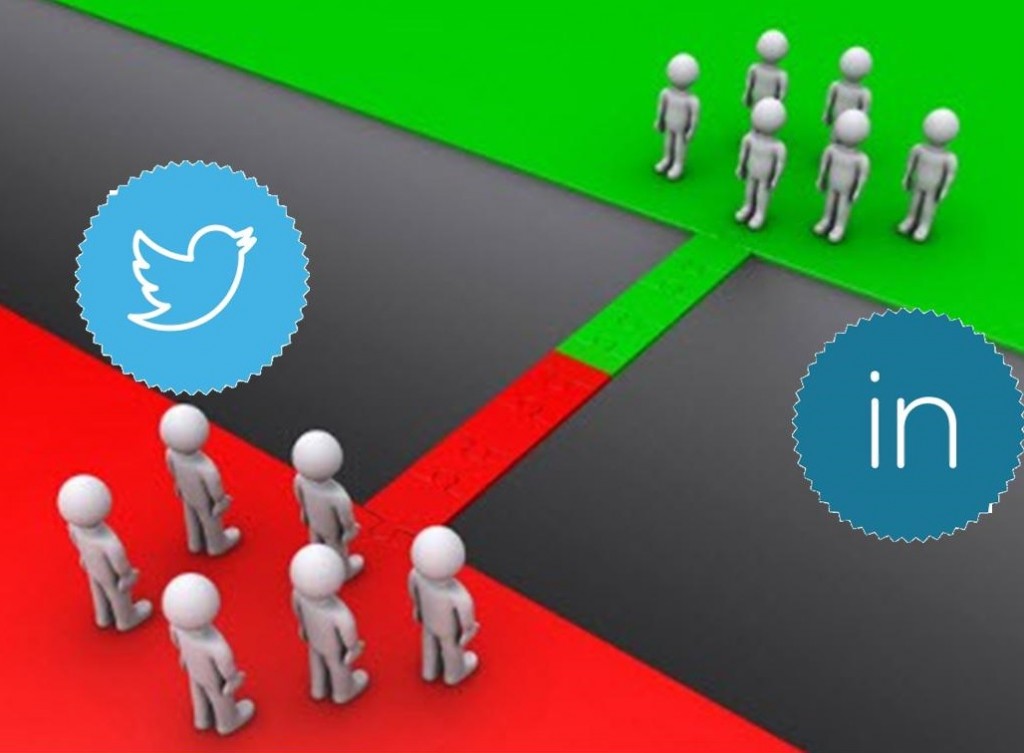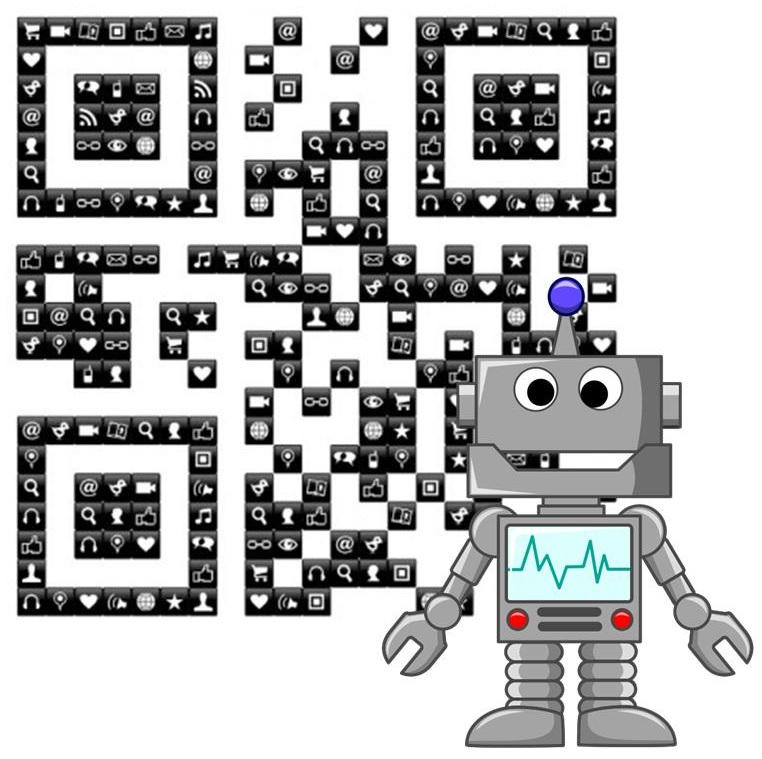Recent data analysis has revealed that age plays an important role in the popularity of these networks.
According to a recent release from Doug Anmuth, an analyst from JPMorgan, there are some significant social media marketing trends being revealed that have to do with the age of the users of the various networks.
What he found was that the user base at Twitter tends to be younger than all other large networks, for example.
At the same time, Anmuth also pointed out that on the other end of these social media marketing trends is that the users of LinkedIn are slightly older than those of other networks. He revealed that Twitter may lean toward the younger users, it still has users across every age range. The heart of its user group in the United States is made up of people between the ages of 13 and 44. The age range representing the largest group of its users is from 25 to 34. That said, 10.1 percent of its users are between the ages of 13 and 17, which represents a sizeable group. Equally, 18.2 percent of its users are 18 to 24 years old.
This knowledge, as well as the ages on other networks, is important to social media marketing trends and campaigns.
 The reason is that the fact that there is a difference of this nature from one network to the other could change the way that ads are placed and promotions are expressed from one platform to the next.
The reason is that the fact that there is a difference of this nature from one network to the other could change the way that ads are placed and promotions are expressed from one platform to the next.
To demonstrate the difference, looking at Facebook, it reveals that the user range is considerably broader. Still the largest social network in the world, its largest segment is made up of 25 to 34 year olds, at 19 percent of its American user base. Another 17 percent was represented, each, by the groups of users in the 34 to 44 year old range and the 45 to 54 year olds.
At the other end of the scale, LinkedIn, the professional network, leans much more to an older crowd, with the majority of its American user base made up of people aged 45 through 54. Only 9.6 percent of LinkedIn users were within the 18 to 24 age group. Social media marketing trends may soon need to differ from one network to the next to ensure that they will appeal to the largest groups of users.
Communicating commands to a robot, particularly in terms of new locations, is now easier with quick response codes.
Being able to instruct a robot in terms of where it should navigate, especially when it comes to new locations, has been a considerable struggle that has previously needed complex technologies, but that could be resolved with something as simple as QR codes.
Previously it was believed to require sophisticated machine vision, and tech such as Bayesian particle filters.
However, recently, this planning was constructed in a very different way, using QR codes to help to guide robot navigation issues of localization. The issue is in the concept that if a robot were to bring you a glass of water or a soda, then that machine would first need to know where it is located and where the drink can be found. Therefore, the robot would essentially require a map and would need to be able to recognize its own location on that map at any given moment.
QR codes are allowing some of the issues within that process to be sidestepped.
 After all, to truly become practical, the robot would also need to be able to create its own maps be “observing” its surroundings and still be able to understand where it is located on the maps that it has constructed on its own. This has been labeled the SLAM problem, which stands for Simultaneous Localization and Mapping.
After all, to truly become practical, the robot would also need to be able to create its own maps be “observing” its surroundings and still be able to understand where it is located on the maps that it has constructed on its own. This has been labeled the SLAM problem, which stands for Simultaneous Localization and Mapping.
The inability to overcome this problem has limited robots to being able to navigate only around a constructed environment where they are programmed for very specific tasks. However, by coming up with a way to give these machines the opportunity to properly gauge and interact with their environments – and their own position within it – then this could present far greater opportunities for their use. Previous methods have involved using advanced technology to be able to label an environment with markers such as RF beacons. However, more recently, a much simpler marker has been employed.
This marker involves simple scanning of QR codes – often called by the nickname of “robot vomit”. These quick response codes are often seen in advertising and product labels, but by sticking them on the features of a space, including doors and walls, it can help robots to better understand their own environments and how to function within them.
 The reason is that the fact that there is a difference of this nature from one network to the other could change the way that ads are placed and promotions are expressed from one platform to the next.
The reason is that the fact that there is a difference of this nature from one network to the other could change the way that ads are placed and promotions are expressed from one platform to the next.
 After all, to truly become practical, the robot would also need to be able to create its own maps be “observing” its surroundings and still be able to understand where it is located on the maps that it has constructed on its own. This has been labeled the SLAM problem, which stands for Simultaneous Localization and Mapping.
After all, to truly become practical, the robot would also need to be able to create its own maps be “observing” its surroundings and still be able to understand where it is located on the maps that it has constructed on its own. This has been labeled the SLAM problem, which stands for Simultaneous Localization and Mapping.